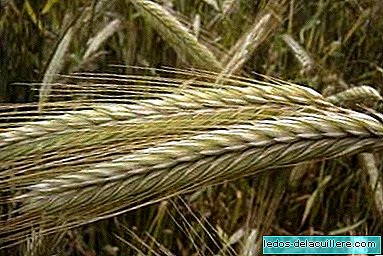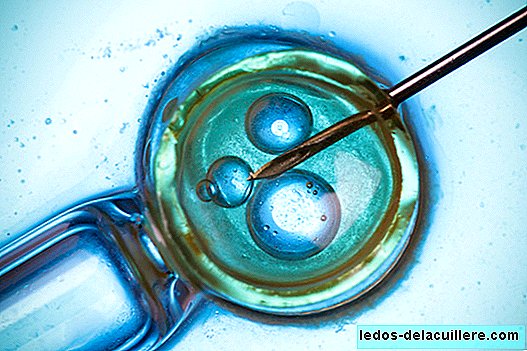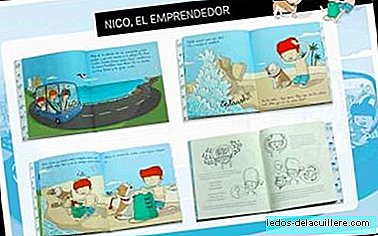
Another of the cereals that are worth talking about especially referring to their qualities for infant feeding is the rye, another grass with gluten, which we will introduce after seven or eight months.
Rye is a cereal rarely used in current human food, but it has been an important food resource in the past, especially in non-Mediterranean Europe, due to its adaptability to low fertility soils and colder climates.
Its protein content does not reach 10 percent and its amount in gluten is low, so breads made with it are consistent, dense and rise little in contact with yeast. It has more fiber and more hydrates than white bread, and less fat. It also provides vitamins B1 and B2, and minerals such as sodium, calcium, potassium, iron and phosphorus.
Its taste, gently bitter in the throat, can be shocking for children, but precisely because of that, combined with other softer foods, it is delicious once you get used to it.
We can also find it included in multi-cereal porridge and in breakfast flakes or muesli. The flour serves to make, in addition to bread better mixed with wheat, cakes and cookies. In addition, with the whole grain, previously soaked and cooked, you can make stews and add it to sauteed vegetables, giving them a different touch.
And it is that to introduce and maintain a good diet cereals are very important and it is not the best way to take them in white bread, but it is convenient to introduce different varieties and preparations, such as those that include rye.












